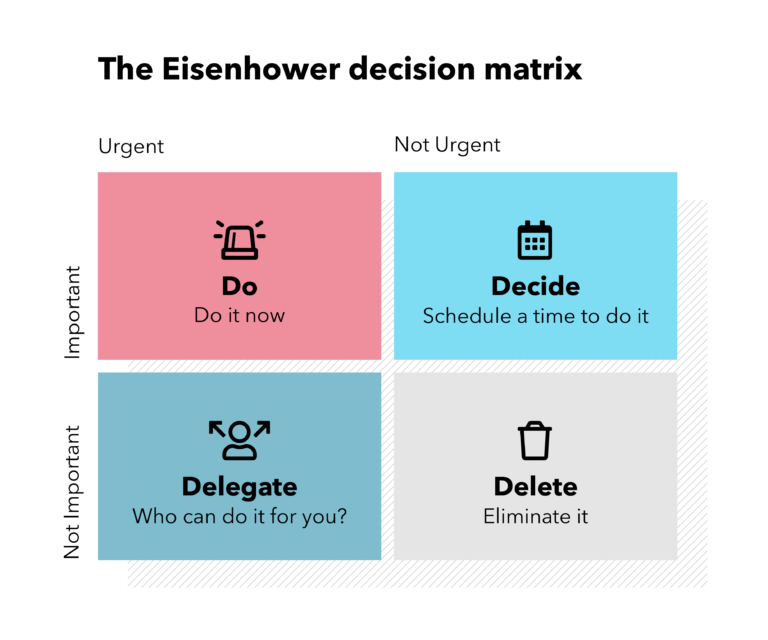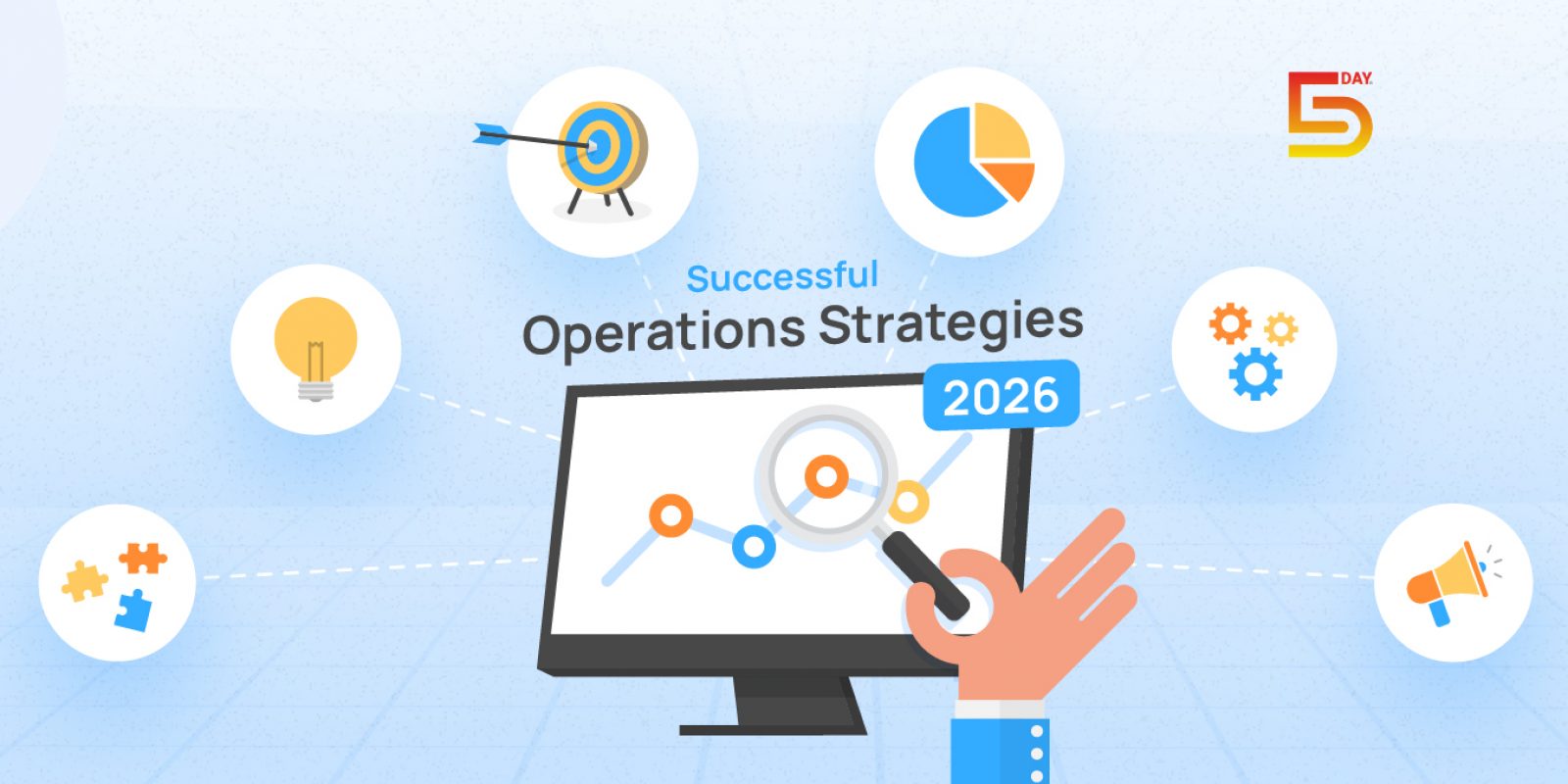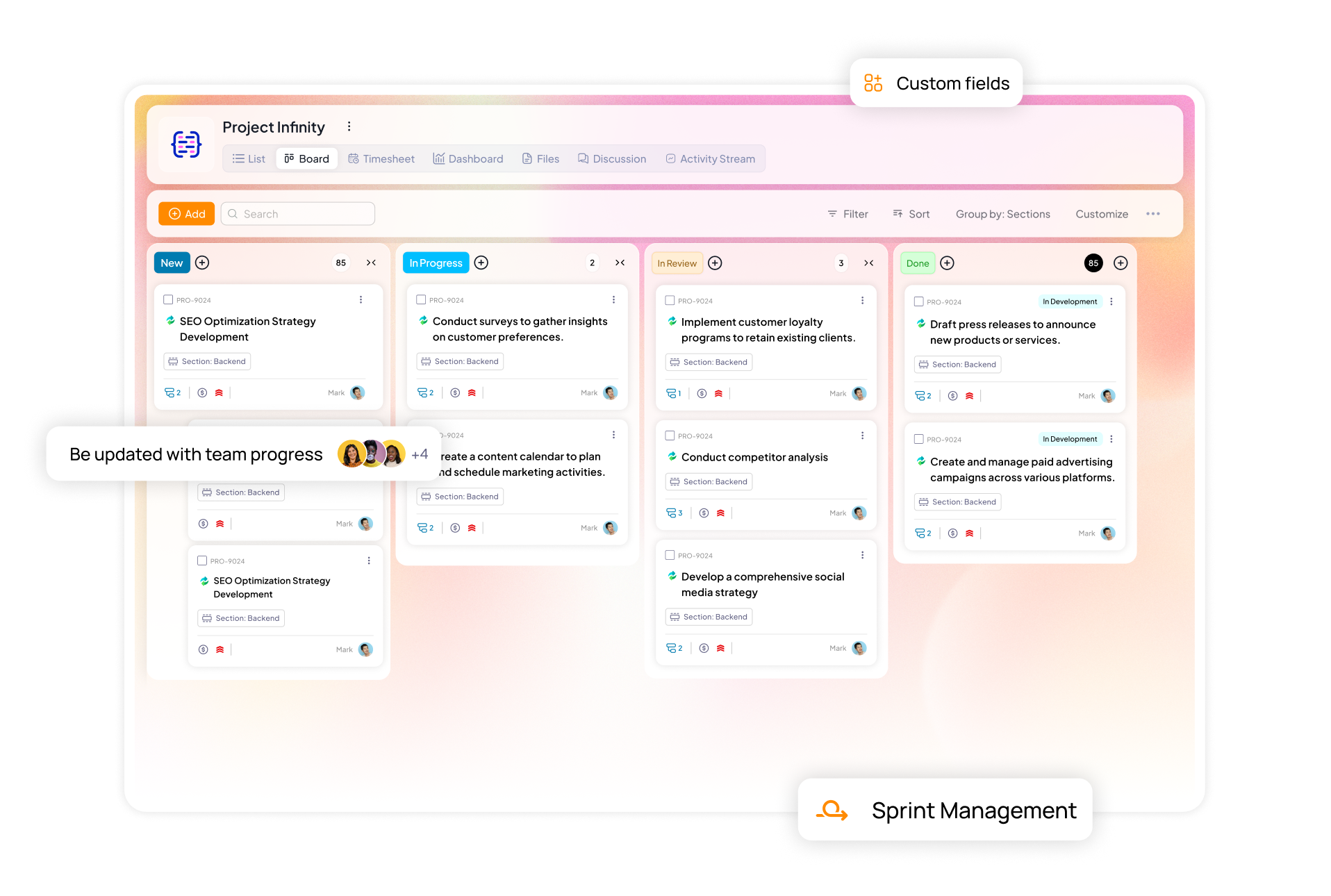TL;DR:
- Dissect your project scope into smaller tasks
- Use the Eisenhower Matrix to determine where your tasks stand on the urgency and importance scale
- Do, Delegate, Defer, and Delete the tasks in order of priority and importance
“I do not have time to do any creative or experimental work at my job.” Many of us have felt this at some point in our lives. The list of tasks seems never-ending. You tick one box, and three more appear.
Now, it may be just your toxic boss or an icky co-worker, but have you considered that you might have a poor task management system? *gasp* That is right. Many times, subconsciously, it becomes easy to pile up our crap on top of the existing crap and call it a day.
The truth is, you cannot control your time. But you can always control your actions. So, in this article, we will look at how you can up your task management game with the 5Ds of task management.
What are the 5 Ds of Task Management?
Before we jump into how the 5Ds of task management work, let’s look at what they are.
- Dissect – break your task list into categories and easy-to-do chunks
- Do – take action on urgent and important tasks
- Delegate – transfer action on urgent and unimportant tasks
- Defer – park action on important but not urgent tasks
- Delete – remove unimportant and not urgent tasks
These 5Ds of management are a great way to approach a new project or a task. They also come in handy when you feel stuck under a pile of work and cannot get out.
Now, you may ask, how do I identify which tasks need prioritization here?
First, you need to divide the scope of your project into smaller tasks. This will give you an achievable target that you can adjust as your project progresses. Then, you have to categorize that list into four separate modules, determining their importance and urgency. To do that, use a simple but effective formula called the Eisenhower Matrix.

The Eisenhower Matrix will analyze your work as per its importance and urgency. Therefore, you can focus on tasks that matter and free up space for some creative and experimental ideas.
How Can the 5Ds of Task Management Module Help You?
Now that we have seen the 5Ds of task management, let’s take a look at how they can help you in detail and discuss some best practices to effectively use them.
1. Dissect
Jumping into a big project or a task headfirst is daunting. Yet many people just wing it and figure things out as they go. This strategy can pose three problems:
- You are constantly jumping between tasks due to poorly defined urgency
- Your focus shifts all the time and slows down your progress
- You lose context of tasks and produce poor or underwhelming quality work
Dissecting your entire project process can help you finish things on time and with ease while maintaining the quality of your work.
Let’s say you need to focus on a marketing campaign for your new product’s launch. Divide it into smaller tasks:
- Research Target Audience
- Brainstorm Campaign Ideas
- Develop Campaign Concepts
- Create Assets
- Refine and Review Assets
- Plan Distribution Channels
- Launch Campaign
- Monitor Performance
- Analyze Results
- Prepare a Report
After dividing tasks like this, place them in the Eisenhower Matrix. Here, you will know what requires your immediate attention, what can be done by someone else, and what can be pushed to later.
2. Do
Tasks that are urgent, important, and require your set of expertise fall in the Do category of the 5 Ds of task management. These tasks typically align with your mission and move your project forward.
These tasks typically prove to be a blocker in the project’s progress if not accomplished with concentration and prompt action. So, the best way to ensure good results is by powering through them without any distractions.
The best way you can get through these tasks with a focus is by using the Pomodoro technique. This technique focuses on 25 minutes of distraction-free work and 5 minutes of break.
3. Delegate
Tasks that are urgent but not important fall in the Delegate category. This means tasks that need to get done but do not require your set of expertise.
These are the tasks that may be dependent on others, need cross-collaboration, or can be done by your team members without your input.
Delegation is a step many leaders struggle with. This step requires you to develop trust with your team and give them autonomy to accomplish tasks on their own.
Encourage people around you to take responsibility. This will free up your own time so you can focus on strategic tasks and critical decisions. By reducing the overwhelm that comes with taking on too much, you can also find creative solutions to critical problems.
4. Defer
There are many tasks in line that may be important but not urgent. These are the kind of tasks that, like the Do list, require your complete attention. But they can be parked for a while. Take it up later when you have some free space.
Deferring tasks is a viable option for things that require a little more. A little more research, a little more creativity, or just some more oomph.
A good practice to follow here is:
- Set a dedicated reminder to take action on your deferred task
- Keep a notes app or a book handy to dump all the ideas you get about the task
- Carve out a dedicated time in the near future for it and add it to your calendar
5. Delete
The idea of achieving everything at once can damage your project and yourself.
There are some tasks in a project that may be relevant but not important. These tasks are not urgent as well. Keeping them on top of your to-do or priority list can take energy away from important decisions.
Deleting such tasks from your list is vital to producing quality work that is not draining.
Wrapping Up
Balancing productivity and creativity is the best recipe for success in big projects. Using the 5Ds of task management can free up space for finding unique ideas. It gives you time to understand, research, and execute your best work without jeopardizing other aspects of your work and life.






